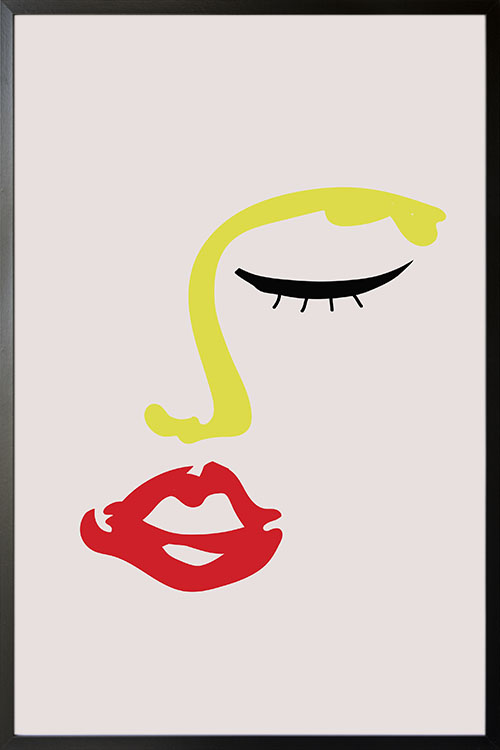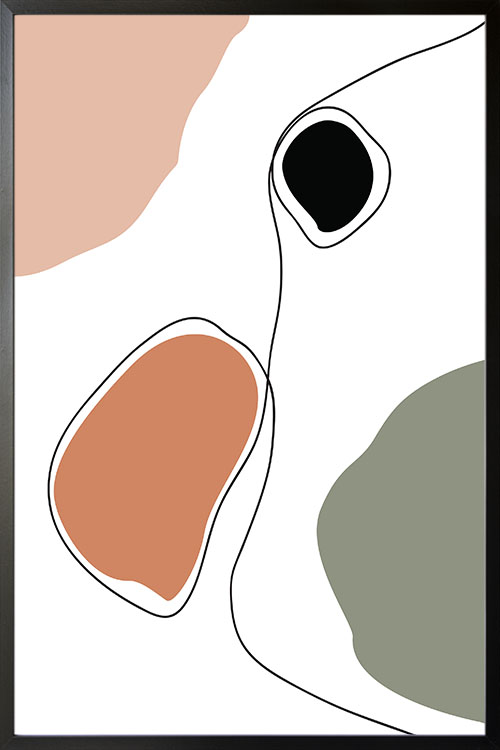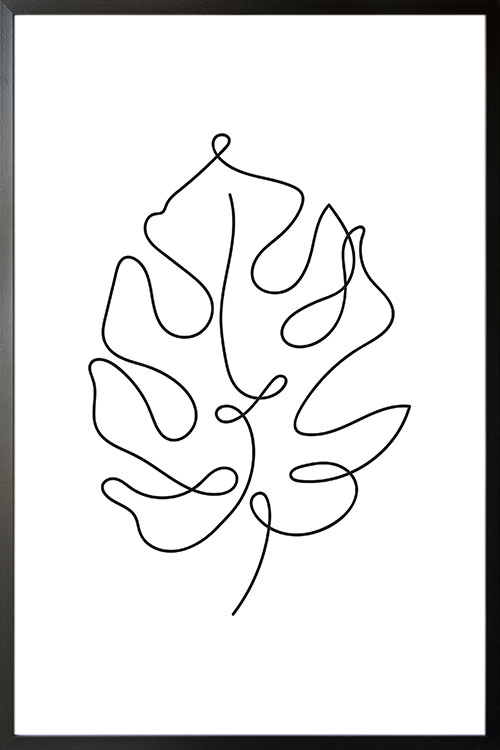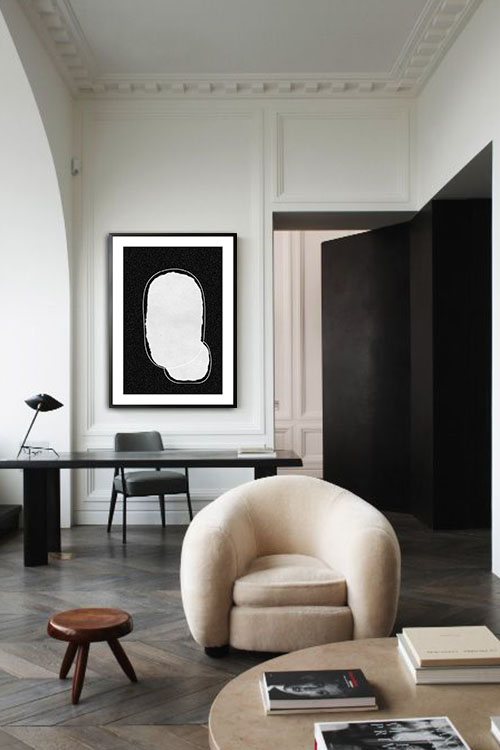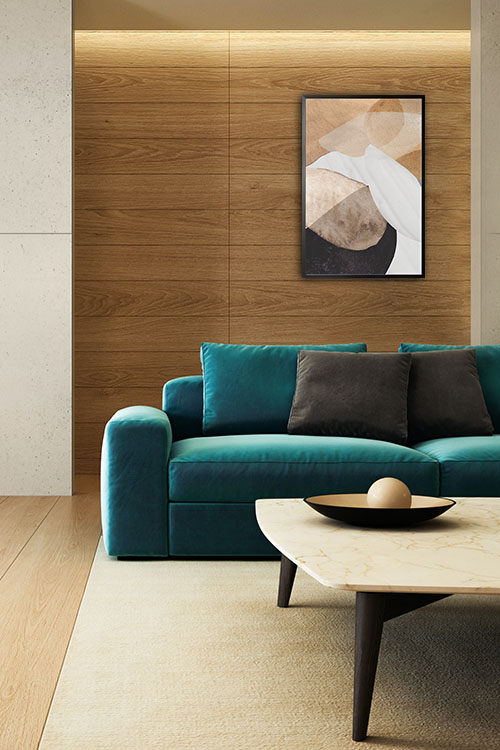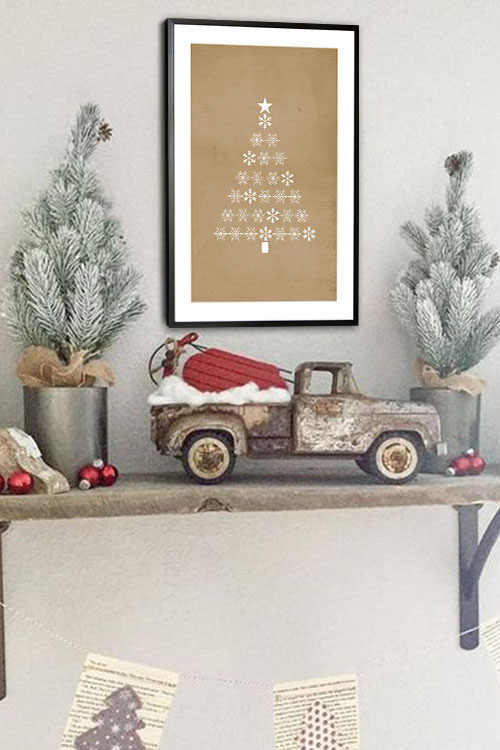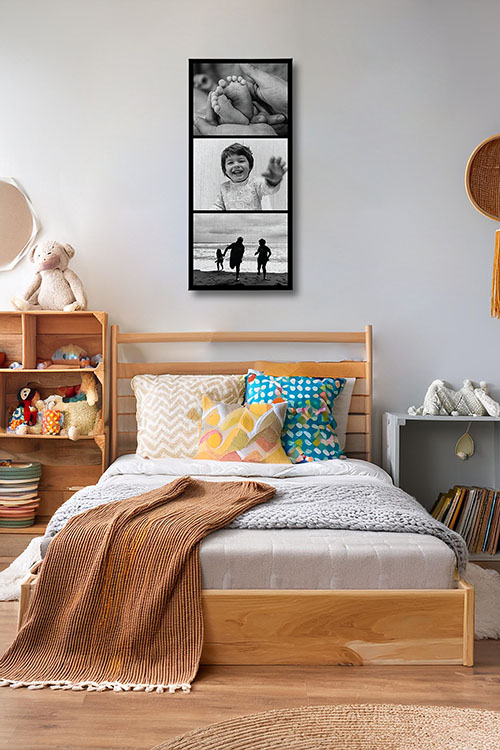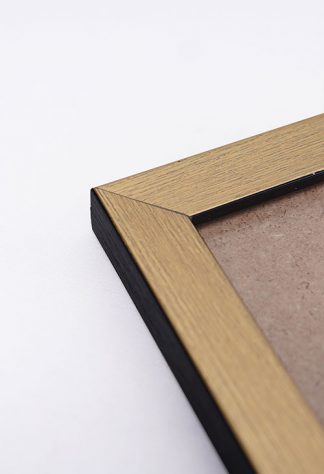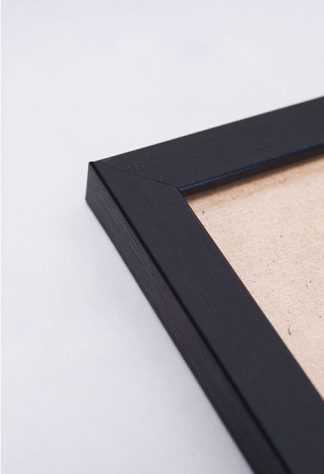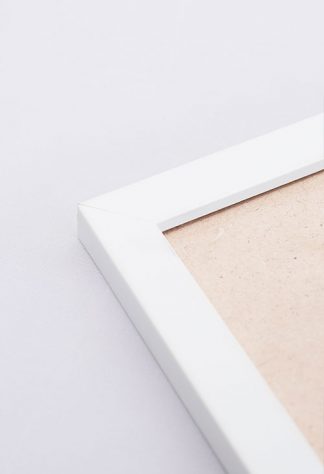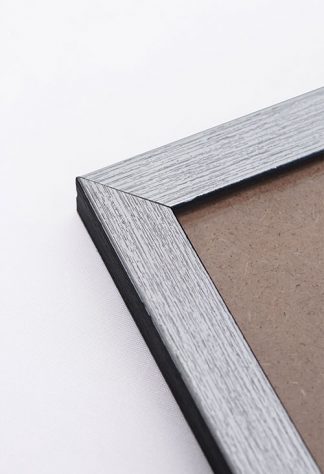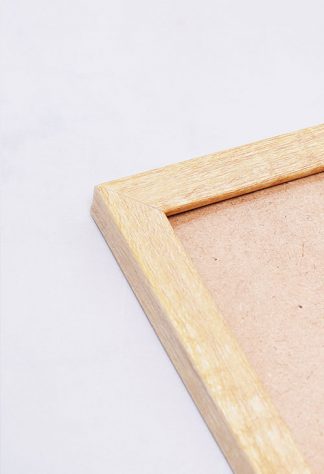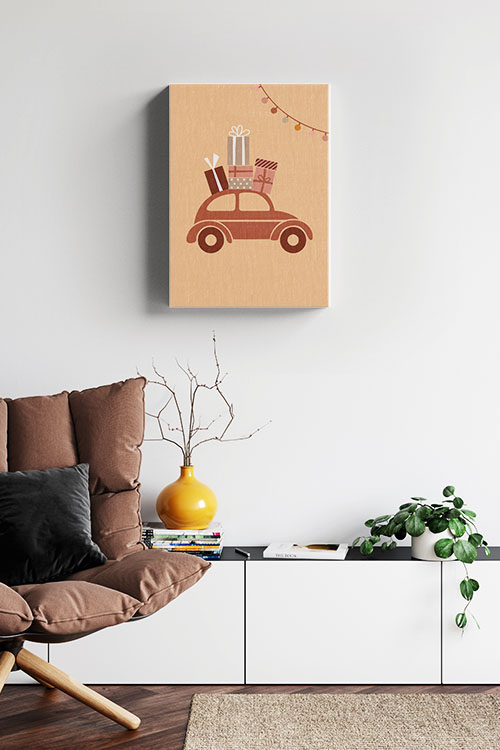
Wall decor is crucial in transforming a house into a home, infusing personality, warmth, and style into every room. From gallery walls to mirrors, here are some inspiring wall decor ideas that will bring life to your space and reflect your unique taste. When choosing wall decor, consider the size of your room. For smaller rooms, opt for smaller pieces or a single large statement piece to avoid overwhelming the space. In larger rooms, you can experiment with multiple pieces or larger artworks to fill the space.
Create a Gallery Wall
A gallery wall is a versatile canvas waiting for your personal touch. Start by curating a collection of framed art, photographs, and even objects like vintage records or postcards. For a cohesive look, consider choosing a consistent color palette or theme, but don’t be afraid to mix and match sizes, frame styles, and shapes. Arranging the pieces symmetrically creates a structured, formal look, while an asymmetrical arrangement lends a casual, eclectic feel. Gallery walls work well in living rooms, hallways, and even bedrooms, turning blank walls into curated displays of your life and interests.
Introduce Textural Elements
Incorporating texture into wall decor can make a space more dynamic and visually intriguing. Think woven tapestries, macramé wall hangings, or even fabric panels. These textural elements add warmth and a sense of coziness, making them ideal for creating a boho or eclectic vibe. Textured wall decor can also soften the look of a modern or minimalist space, balancing sleek surfaces with tactile warmth. You can even go bolder with textured wallpaper, like a faux brick or linen pattern, which adds depth without overwhelming the space.
Mirrors for Depth and Light
Mirrors are both functional and decorative, adding light and a sense of spaciousness to any room. Place a large mirror on a prominent wall as a focal point, or use smaller mirrors in a group for a unique gallery effect. Mirrored decor works exceptionally well in smaller spaces, such as entryways, hallways, or bathrooms, where natural light may be limited. Opt for exciting frames or geometric shapes to make the mirrors an artful addition to the room.
Add Floating Shelves
Floating shelves provide a versatile way to display objects, photos, plants, and artwork. They work well in living rooms, home offices, and kitchens, offering functional storage and display space. Stagger the shelves to create a layered look, or arrange them symmetrically for a more classic approach. Incorporate items like books, small sculptures, and framed prints, and rotate pieces seasonally to keep the display fresh and exciting.
Statement Art Piece
Sometimes, a single art piece can speak volumes. A large, statement piece can bring sophistication and style to a room, inspiring the rest of your decor. Choose a piece that complements your decor theme—an abstract painting, a modern sculpture, or even a dramatic photograph. This approach works well in living rooms, dining rooms, or above the bed, serving as a focal point that sets the tone for the rest of the space. Extensive art pieces add an instant “wow” factor and can make a room feel curated and complete.
Decorate with Plants
Plants bring more than just color and life to a room. They also bring a sense of serenity, turning your space into a peaceful retreat. Wall-mounted planters, hanging pots, or even a “living wall” of vertical greenery can make your space feel like a lush oasis. This look pairs well with natural or bohemian decor styles, bringing much-needed vibrancy to neutral or minimalist spaces. Indoor plants like pothos, ferns, and spider plants are easy to care for and thrive in various lighting conditions, making them perfect wall decor additions.
In a Nutshell
With the right wall decor, you can transform blank walls into expressive parts of your home. Whether you prefer an eclectic gallery wall, sophisticated mirrors, or a dramatic art piece, there are countless ways to revitalize your space. Embrace these ideas to make your home feel inviting, stylish, and uniquely yours.
